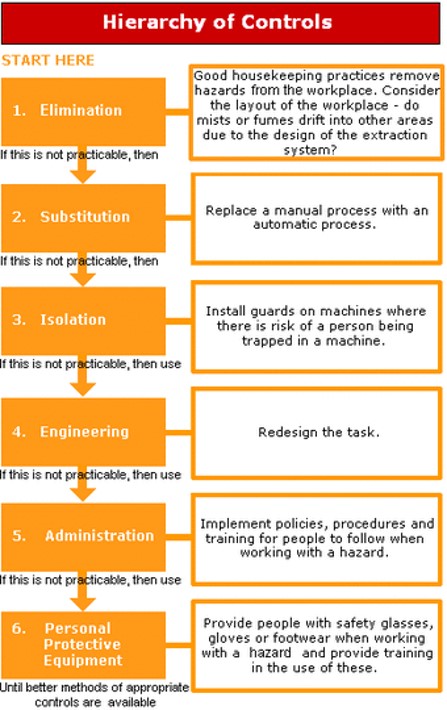An employer must ensure that the exposure of an employee is either prevented or, where this is not reasonably practicable, adequately controlled:
Provided that...
Where there is exposure for which there is a restricted limit, the control of the exposure must be regarded as adequate if the level of exposure is below that limit or if the relevant area is zoned and the level of exposure is reduced to below that restricted limit by means of adequate personal protective equipment only after the level has been reduced to as low as is reasonably practicable by any other means than personal protective equipment; or
Where there is exposure for which there is a maximum limit, the control of the exposure must be regarded as adequate if the exposure is at a level as low as is reasonably practicable below that maximum limit: Provided that in the case of temporary excursions above the control limit, the employer must ensure:
- that the excursion is without a significant risk from exposure;
- that the excursion is not indicative of a failure to maintain adequate control;
- that during the excursion, the area is temporarily demarcated and prescribed and identified as contemplated in regulation 8(b); and
- that the provisions of regulation 11 are complied with.
Where reasonably practicable, the employer must control the exposure of an employee by:
- limiting the amount of an HCA (hazardous chemical agent) used, which may contaminate the working environment;
- limiting the number of employees who will be exposed or may be exposed;
- limiting the period during which an employee will be exposed or may be exposed;
- using a substitute for an HCA;
- introducing engineering control measures (methods for minimizing hazards, including process control, enclosure and isolation, and ventilation) for the control of exposure, which may include:
- process separation, automation or enclosure;
- the installation of local extraction ventilation systems to processes, equipment and tools for the control of emissions of an airborne HCA;
- use of wet methods; and
- separate workplaces for different processes; and
Introducing appropriate work procedures which an employee must follow where materials are used or processes are carried out which could give rise to exposure of an employee, and which procedures must include written instructions to ensure—
- that an HCA is safely handled, used and disposed of;
- that process machinery, installations, equipment, tools and local extraction and general ventilation systems are safely used and maintained;
- that machinery and work areas are kept clean; and
- that early corrective action may be readily identified.
An employer must ensure that the emission of an HCA into the atmosphere comply with the provisions of the National Environmental Management: Air Quality Act, 2004 (Act No. 39 of 2004)
